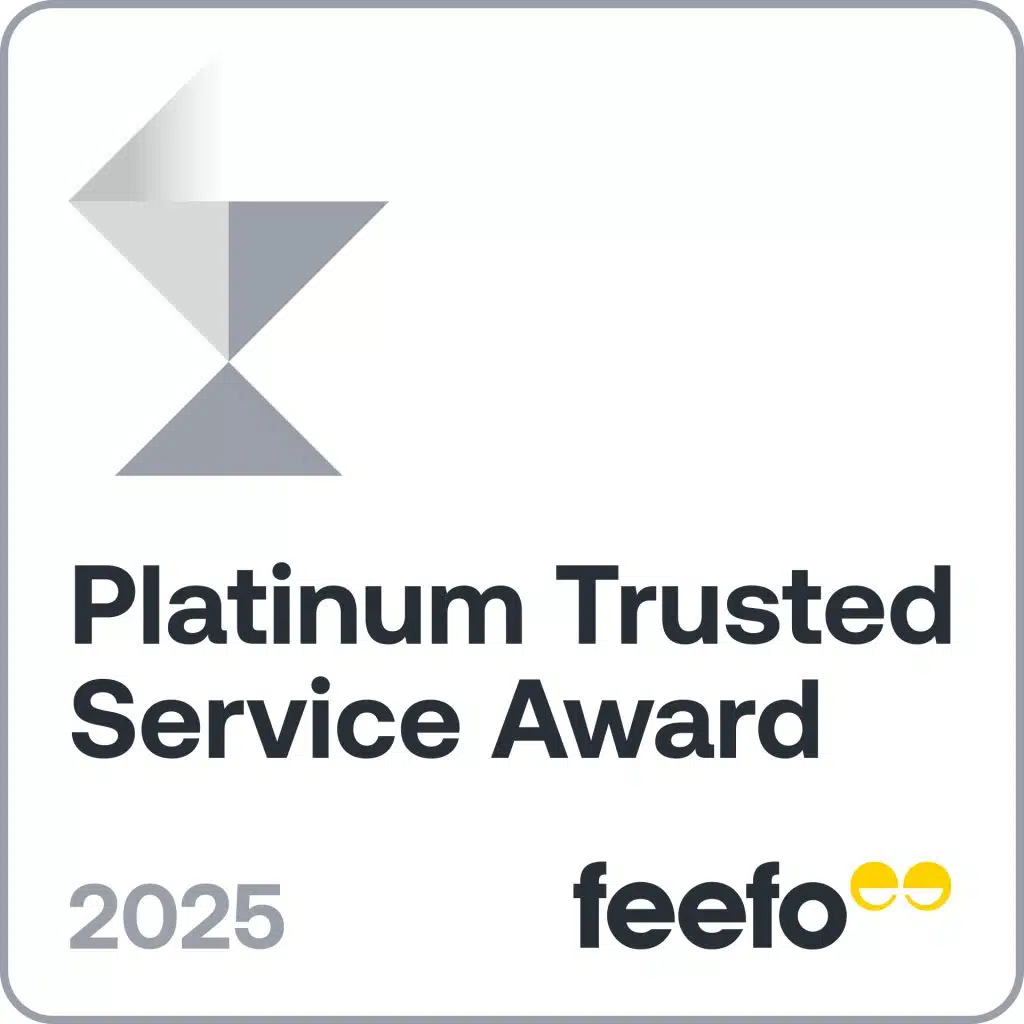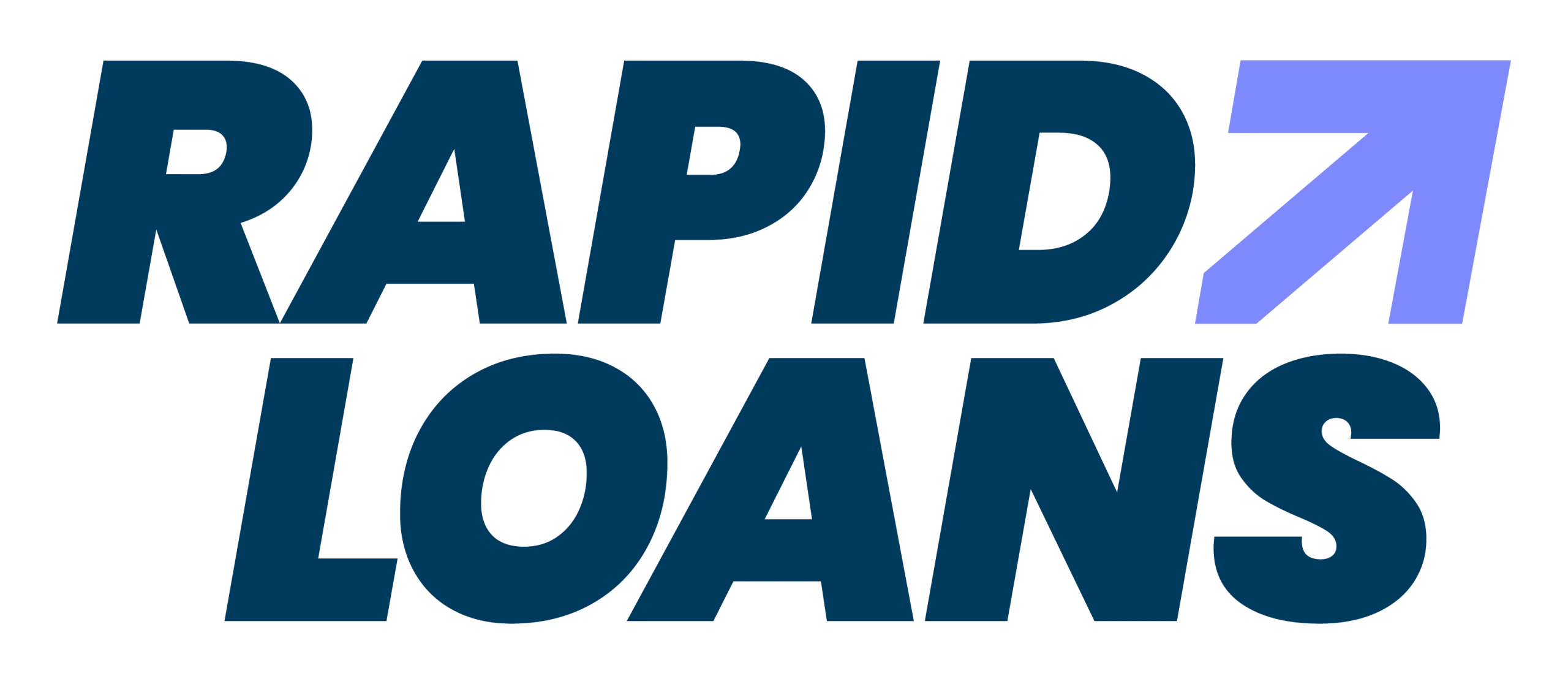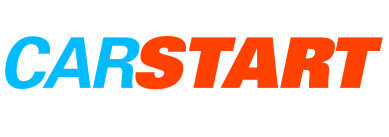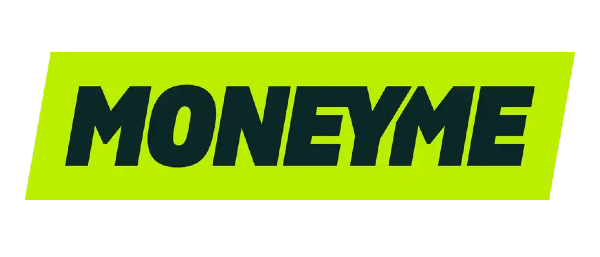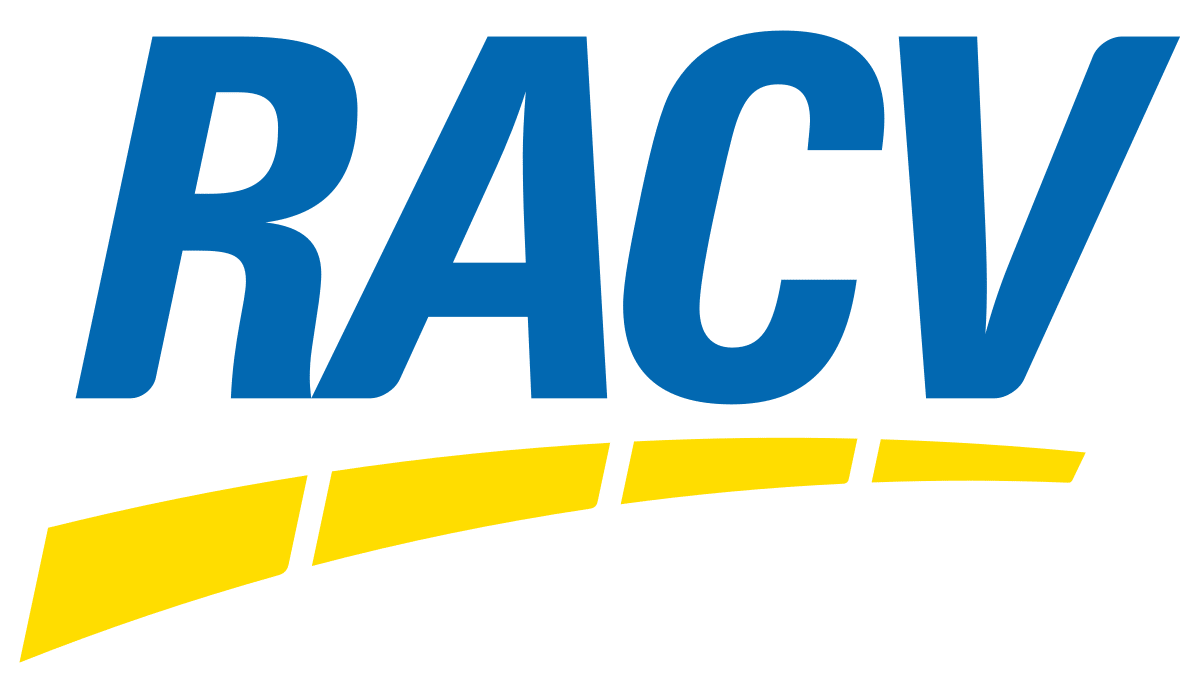What is a low doc car loan?
Low doc car loans are a way of getting commercial car finance like a chattel mortgage without full financials. Instead, you may apply for a car loan using your ABN and alternative documents like recent BAS and bank statements.
These loans are suited to applicants who need a business vehicle but may not have conventional documentation, such as:
- Self-employed workers without up-to-date tax returns or detailed financial records
- Startups still establishing a financial track record
- Small business owners with seasonal or irregular income
Because there’s less documentation involved, lenders generally view low doc car loans as higher risk. As a result, they may come with higher interest rates, shorter loan terms or stricter borrowing limits.
However, in all other respects, this is a standard business car loan:
- Loan typically secured against the vehicle
- Borrow up to 100% of vehicle’s value
- Terms from one to seven years
- Weekly, fortnightly and monthly repayments available
- Optional balloon payment at the end of the term
- Finance any type of new or used vehicle
- Vehicle must be used at least 51% for business purposes
Low doc car loan trends
On average, self-employed borrowers took out larger car loans through Savvy in the 2024–25 financial year, borrowing about $49,500 compared to $36,000 overall. They also tended to finance newer cars, with an average vehicle age of four years versus five years.
Sales were also dominated by utes and vans, reflecting the work needs of small business operators. The top 5 most popular models financed by self-employed workers through Savvy were:
- Ford Ranger
- Toyota Hilux
- Isuzu D-MAX
- Toyota HiAce
- Toyota LandCruiser
These choices reflect the demand for cars that can support business activities – from transporting tools and equipment to making deliveries – while remaining versatile enough for everyday use.
Low doc car loan requirements
When you apply for a low doc car loan, lenders will assess your application based on how long you've been operating, your business structure and your capacity to repay the loan. The mandatory requirements are an active ABN and Australian citizenship or permanent residency. However, there are multiple levels of low doc loans.
Most low doc car loan applications will require some form of evidence of consistent business income, even if shown through alternative documents. Some require no proof of income at all, but only if you’re asset backed with the likes of a mortgage.
Items that could be requested by a lender or documents you may want to submit for a better rate may include:
- A signed declaration of your business income or a letter from your accountant confirming your projected income
- Business bank statements
- Business Activity Statements (BAS)
- Details about your business, its activities and how revenue is earned
- Information about your current assets, liabilities and other ongoing expenses
Your credit history will also be assessed, which will affect your interest rate. Additionally, you’ll need to complete application and privacy consent forms, as well as provide proof of ID like your driver’s licence and/or passport.

Low doc loans open doors for self-employed borrowers
"The biggest hurdle self-employed clients face isn’t their ability to repay, it’s satisfying the lender’s paperwork requirements. I’ve seen plenty of strong businesses knocked back simply because their tax returns don’t reflect their true cash flow. With low doc car loans, we can use BAS statements, bank records or an accountant’s letter instead, which opens the door to lenders who are comfortable looking beyond the standard criteria."

Low doc car loan interest rates
As of September 2025, the cheapest low doc car loan interest rates available through Savvy's partnered lenders are as follows:



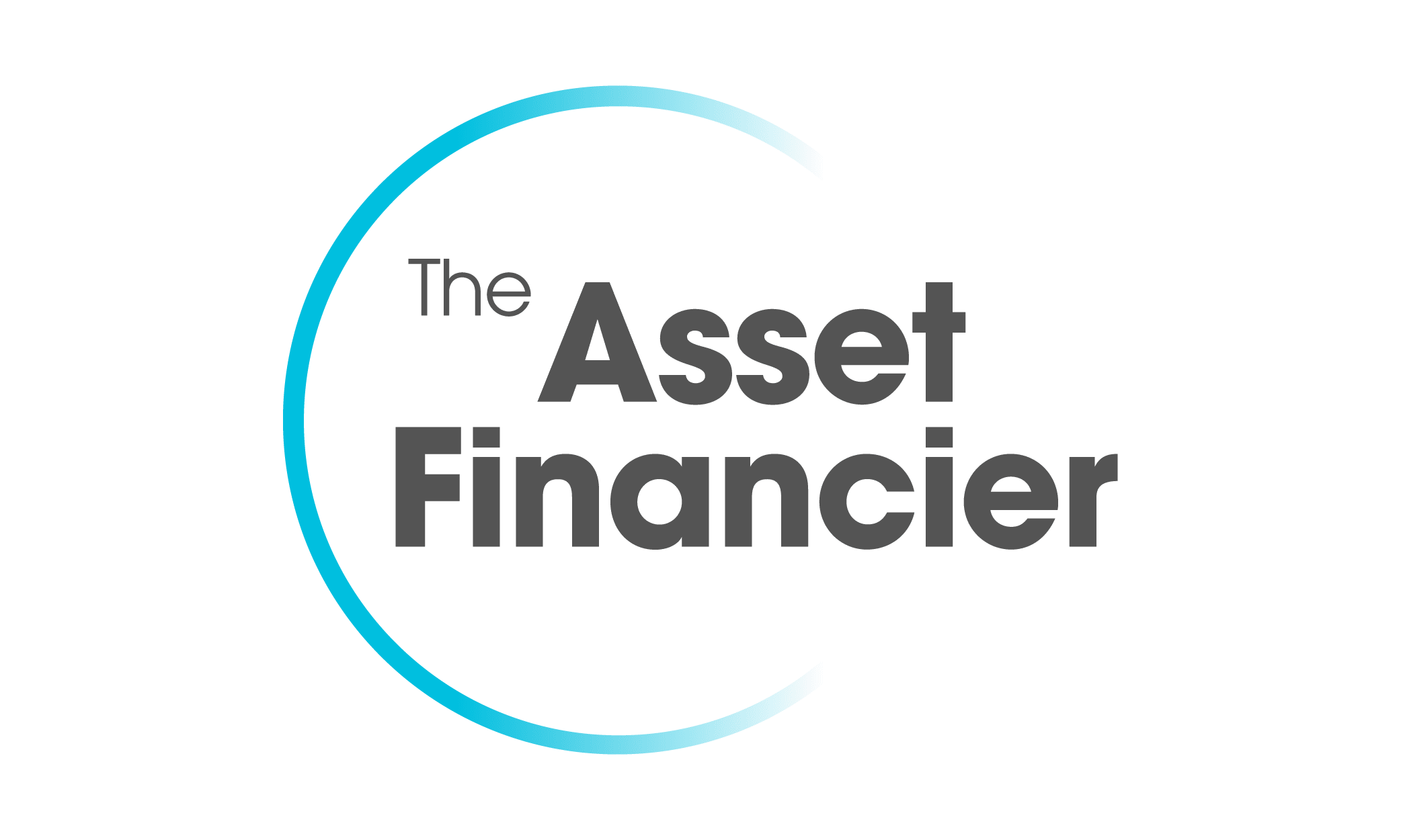




Low doc car loans pros and cons
Pros
-
Flexible eligibility requirements
Low doc car loans give those who may not qualify for standard business car finance the opportunity to purchase a vehicle.
-
Faster application process
Because you’re supplying fewer documents, the approval process can be quicker than for a full doc loan.
-
Potential tax benefits
You may be able to claim for GST on the purchase price, depreciation of the car and interest on the business-use portion of the loan.
Cons
-
Higher interest rates
With fewer financial documents to assess, lenders see low doc loans as higher risk, which typically means you’ll pay a higher interest rate compared to full doc finance.
-
More restrictive loan terms
Lenders may limit how much you can borrow and how long you can take to repay the loan, which could affect cash flow or the type of vehicle you can afford.
-
Fewer lender options
Not all lenders offer low doc car loans, which can reduce your borrowing choices.
Why apply for a car loan with Savvy?
Fast & easy application
Apply online and submit and sign all your documents digitally. We can assess your profile with a soft credit check, so your score isn't impacted.
Trusted since 2010
With 15+ years of experience and a 4.9-star customer service rating on Feefo, we've helped thousands of Aussies find their ideal car loan.
Unbeatable rates & choices
Access 40+ lending partners nationwide. We compare providers to find the most competitive interest rates tailored to your profile.
The difference between low doc and no doc car loans
While the terms ‘low doc’ and ‘no doc’ are sometimes used interchangeably, they’re not the same – and true no doc car loans are extremely rare.
Low doc car loans require minimal financial documentation and are designed for self-employed borrowers or business owners who may not have traditional financial records on hand but can still demonstrate their ability to repay the loan.
No doc loans, on the other hand, imply no proof of income or financial documents at all, which poses significant risk to lenders. Because of the risk, these loans are much harder to qualify for. They also carry much higher interest rates and may have strict conditions attached, such as:
- Being asset-backed (e.g. owning property)
- Providing a substantial deposit
- Having a strong credit history
In practice, most loans advertised as ‘no doc’ are in fact low doc loans. If you see a loan marketed as ‘no doc’, it’s best to treat it as a low doc loan with non-standard documentation requirements. If you’re unsure, a finance broker can help clarify what’s genuinely available and what’s needed to qualify.
How is your car usage measured on a low doc loan?
Because a low doc car loan is a type of business car finance, the vehicle must be used at least 51% for business purposes. While lenders typically don’t monitor your vehicle usage day to day, you are expected to ensure it meets this threshold.
Tracking how you use your car is also important for claiming tax deductions, as you can only claim expenses that relate to the business use portion of the vehicle.
There are two main ways to record your usage: the cents-per-kilometre method, which allows you to claim a set rate for business kilometres, and the logbook method, which requires keeping a detailed record of all trips over a 12-week period to calculate your business-use percentage.
Tax benefits you may be able to claim include:
- Interest on the business-use segment of your car loan repayments
- A full or partial GST credit on the purchase of the car
- Depreciation of your car if you’re using the logbook method (the cents-per-kilometre method already factors in depreciation)
This can help reduce the overall cost of financing and running your vehicle – and may work out cheaper than taking out a standard car loan, even if interest rates are higher.
Let’s look at an example of a self-employed tradie who plans to use their car 70% of the time for business. They are considering taking out a five-year loan for a Ford Ranger XL priced at $48,000 and are weighing up whether to use a standard personal car loan or a chattel mortgage.
Ford Ranger XL 2025
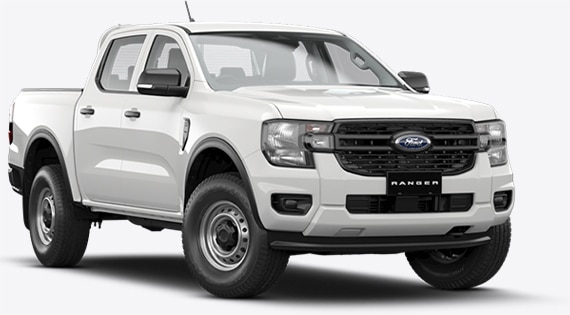
| Finance type | Interest rate | Monthly repayment | Total interest | Total interest less deduction (70%) |
|---|---|---|---|---|
| Consumer car loan | 5.96% p.a. | $928 | $7,625 | $7,625 |
| Chattel mortgage | 6.69% p.a. | $944 | $8,608 | $2,582 |
|
Consumer car loan Chattel mortgage |
|
5.96% p.a. 6.69% p.a. |
|
$928 $944 |
|
$7,625 $8,608 |
|
$7,625 $2,582 |
On the face of it, the standard car loan appears cheaper, with slightly lower monthly payments and total interest. However, because it is personal finance, the borrower cannot claim any tax deductions. With a chattel mortgage, on the other hand, the borrower can claim back the business-use portion of interest, as well as GST and depreciation, which could save them thousands over the course of the loan, even with the higher interest costs.
How to apply for a low doc car loan with Savvy
-
Fill out our online form
Apply for a business-use car loan using our simple application.
-
Provide your documents
Upload the required documentation to our secure portal.
-
Speak with a Savvy consultant
We’ll help you find a car loan that suits your needs.
-
Submit your application
Your consultant will lodge your application with the lender.
-
Finalise your loan
Sign the paperwork and the vehicle can be registered in your business’s name!
Car Loan Lenders We Work With












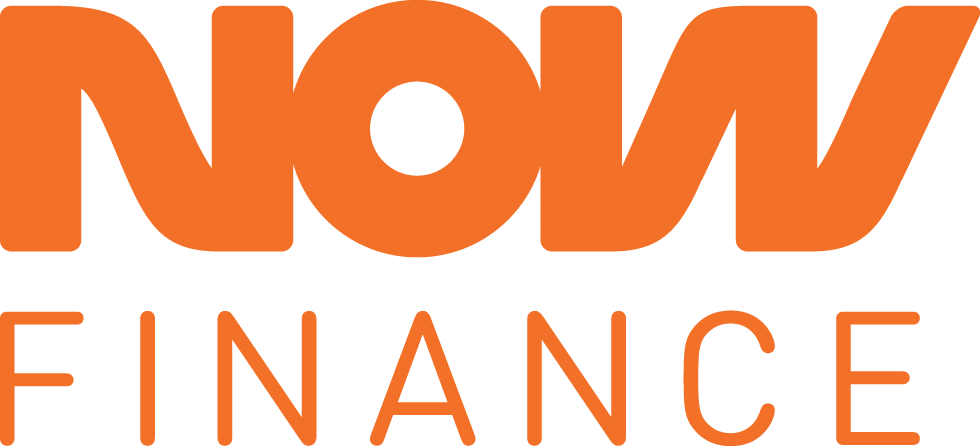





















- Deductions for motor vehicle expenses - Australian Taxation Office



